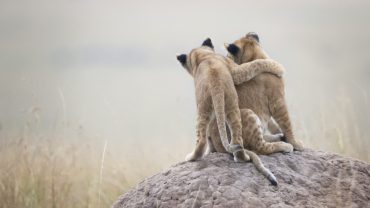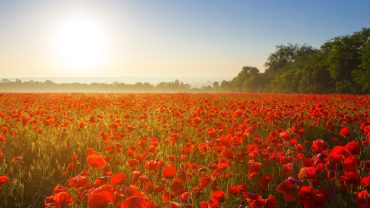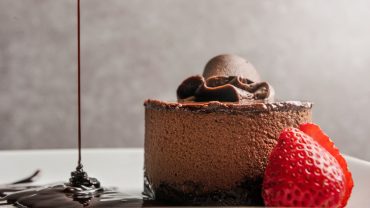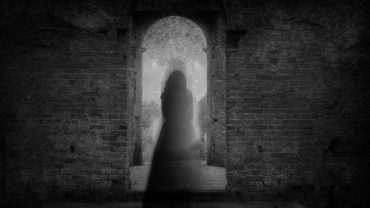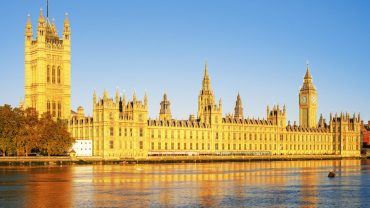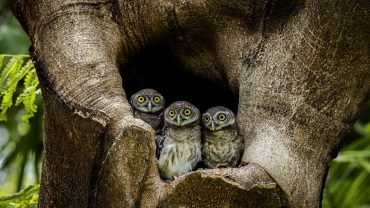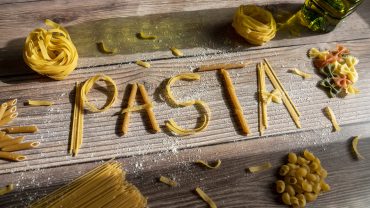Few drinks are as universally beloved – or as steeped in culture and history – as tea. From the bustling markets of China to the cosy kitchens of the UK, tea has become more than just a beverage. It’s a ritual, a comfort, and in some places, a way of life.
Whether it’s a strong builder’s brew, a delicate oolong, or an adventurous matcha latte, there’s a world of wonder in every cup. So “sip” back and relax, as we explore fifteen fascinating facts about tea.
1. Tea Was Discovered Over 4,000 Years Ago in China

A Chinese tea farm (Credit: xijian via Getty Images)
Legend has it that tea was discovered in 2737 BC by Chinese Emperor Shennong, when tea leaves accidentally drifted into his pot of boiling water. Intrigued by the aroma, he drank it – and tea was born. Whether myth or truth, China remains the birthplace of one of the world’s most iconic drinks.
2. Tea is the Second Most Consumed Drink in the World

Everyone loves a cup of tea! (Credit: Raul Ortin via Getty Images)
After water, tea holds the title of the most consumed beverage on the planet. Every day, over three billion cups of tea are consumed globally. That’s a lot of kettles boiled – and a lot of biscuit dunking.
3. All Real Tea Comes from the Same Plant

Camellia sinensis (Credit: georgeclerk via Getty Images)
Black, green, white, oolong, and pu-erh tea may look and taste very different, but they all come from the same plant: Camellia sinensis. The variation in flavour and appearance comes from differences in how the tea is made and how the leaves are processed – oxidised, dried, or fermented – not from different plant species.
4. There are at least 1,500 Varieties of Tea Worldwide

Smoky Lapsang Souchong from China (Credit: MilenaKatzer via Getty Images)
And, speaking of varieties, there are at least 1,500 tea types worldwide. These include countless regional blends, cultivars, and processing styles, each with its own flavour, aroma, and tradition. From smoky Lapsang Souchong to delicate Silver Needle, the diversi-tea is astonishing.
5. The British Love Affair with Tea Began in the 17th Century

Catherine of Braganza, the wife of King Charles II (Credit: pictore via Getty Images)
Tea was first introduced to Britain in the 1650s, but it didn’t become widely popular until the marriage of King Charles II to Portuguese princess Catherine of Braganza in 1662. Catherine brought her love of tea with her, and the drink soon became fashionable among the upper classes before trickling down to the masses.
6. The Tea Bag Was Invented by Accident

Teabags were invented by accident (Credit: Kseniya Ovchinnikova via Getty Images)
In the early 1900s, American tea merchant Thomas Sullivan sent out samples of his tea in small silk pouches. Customers misunderstood and dunked the whole bag into hot water, rather than removing the leaves. The tea bag was born – and soon after, it was revolutionised using gauze, then paper.
7. Green Tea May Boost Brain Function

Green tea may improve your memory (Credit: ATU Images via Getty Images)
Several studies suggest that green tea contains compounds like L-theanine and caffeine that can improve mood, cognitive function, and even memory. It may not turn you into Einstein, but it could help you stay alert without the jitters of coffee.
8. Britain Drinks 100 Million Cups of Tea a Day

Afternoon tea is a great British tradition (Credit: Tim Macpherson via Getty Images)
According to the UK Tea and Infusions Association, Britons consume around 100 million cups of tea every single day. That’s nearly 36 billion cups a year.
9. The World's Most Expensive Tea Costs Thousands

Loose leaf Da Hong Pao tea (Credit: Kirill Busargin via Getty Images)
The rare Chinese tea Da Hong Pao or “Big Red Robe” is among the most expensive in the world, with some batches fetching more than £1,000 per gram. These leaves come from ancient tea bushes believed to be hundreds of years old and are harvested only in minuscule quantities.
10. Herbal ‘Teas’ Aren’t Technically Tea

Golden chamomile tea (Credit: Ilie Lupescu / 500px via Getty Images)
Chamomile, peppermint, rooibos, and hibiscus might be called teas, but technically, they’re tisanes – infusions made from herbs, flowers, or roots. While they offer their own array of benefits, they contain no Camellia sinensis and are naturally caffeine-free.
11. The Boston Tea Party Wasn’t Just About Taxes

The Boston Tea Party, December 16, 1773 (Credit: Nastasic via Getty Images)
In 1773, American colonists protested British taxation by boarding ships in Boston Harbour and dumping 342 chests of tea into the water. But it wasn’t just about tax, it was also about the monopoly held by the British East India Company, which was pushing out local merchants.
12. Chai Means Tea

Masala chai tea (Credit: photograph by dorisj via Getty Images)
Derived from the Mandarin word chá, in many parts of the world, the word “chai” simply means “tea.” So saying “chai tea” literally translates as “tea tea.” However, in the UK, US, and various other countries, it has come to mean a specific type of spiced tea brewed with milk and sugar. In India, it’s known as “masala chai.”
13. Matcha is Ground Tea Leaves You Drink Whole

Matcha tea (Credit: hiroyuki nakai via Getty Images)
Unlike traditional green tea, where leaves are steeped and discarded, matcha is made by grinding the entire leaf into a fine powder. This means when you drink matcha, you’re consuming the whole leaf, getting more antioxidants and nutrients in the process.
14. Tea Has Inspired Wars and Empires

Vintage illustration from the Second Opium War, 1858 (Credit: duncan1890 via Getty Images)
The desire for tea has helped to shape world history – from playing a part in the British colonisation of India to the Opium Wars between Britain and China. Tea was a central player in global trade for centuries, and continues to influence geopolitics in subtle ways today.
15. Iced Tea Was Invented During a Heatwave

Ice-cold iced tea (Credit: Jupiterimages via Getty Images)
At the 1904 World’s Fair in St. Louis, a heatwave left fairgoers reluctant to try hot tea. One enterprising merchant dumped his brewed tea over ice to attract more customers. It was a hit and the beginning of a summertime classic.
16. And One for Luck: There’s Tea in Space

There's even tea on the ISS! (Credit: SCIEPRO via Getty Images)
Yes, even astronauts enjoy a cuppa. Tea is included in space menus aboard the International Space Station. Because liquids behave differently in microgravity, astronauts drink tea from specially designed pouches with straws, ensuring it doesn’t float away mid-sip.





